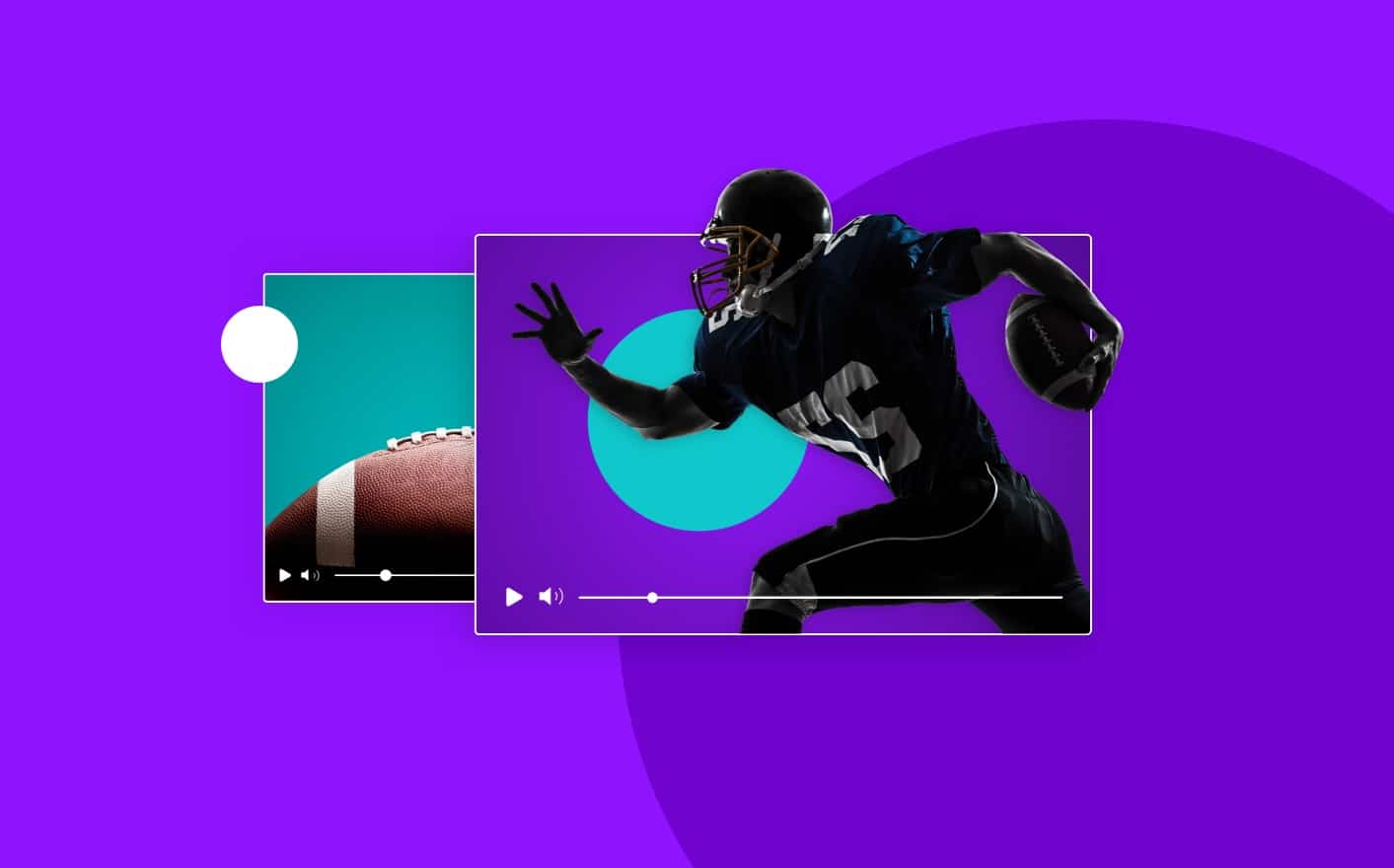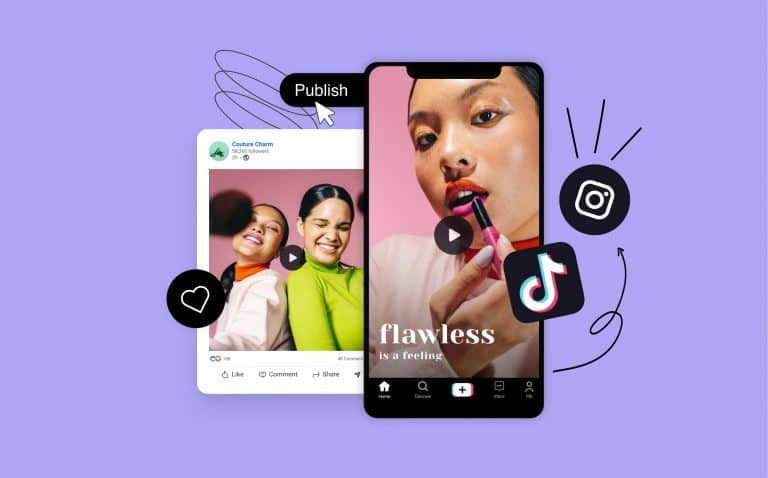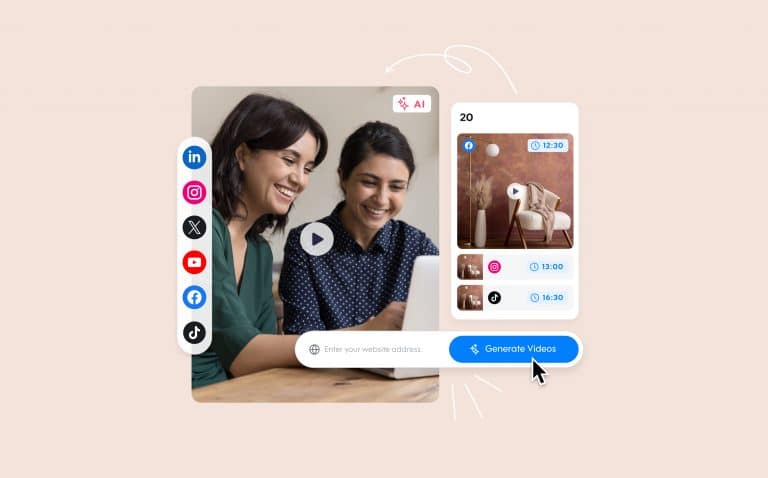
What past Super Bowl ads can teach us about video marketing
The Super Bowl is one of the biggest events of the year – as American as apple pie, the Statue of Liberty and Kid Rock is our age-old tradition of cheering on our favorite team around buffalo wings and beer. It’s a national holiday to be enjoyed by Americans all across the sports-fan spectrum, and for us, it’s a lesson in all things marketing.
Game Day has something for everyone. Some watch for the game, some for the vibe, some for the halftime performance and some for an excuse to eat some nacho supreme. If you’re asking us, we watch for the Super Bowl ads and we’re not alone – 26% of viewers are more excited about the commercials than the game itself.
Everyone knows that the Super Bowl of Marketing is, well, the actual Super Bowl.
Super Bowl ads are what happens when marketing genius meets a whole lot of money and a creative free for all. This year, while the hard-core sports fans will be reliving epic penalties and triumphant touch-downs, we’ll be enjoying the iconic ads that made us laugh, cry and really want some beer.
The question is – as much as we love watching them, can we learn anything for our own video marketing? For starters, yes. But at $5 million for a 30-second slot, they seem a bit out of our league.
Not to worry, advertising with video strategies come in all shapes and sizes, and if Amazon’s aim is to raise brand awareness in front of 100 million viewers, we can aim to help build businesses with our own exceptional video marketing tools at a “slightly” smaller scale.
So, we took a deep dive into the best and worst Super Bowl ads from the past 10 years to see what we can learn for our own video marketing strategy.
Integrate your brand
Brand awareness campaigns should do two things: Push your brand to the forefront and connect it to something memorable that will resonate with your audience (something that will look good with a hashtag). Super Bowl ads have been setting a great example of this for years, but even they can slightly miss the mark sometimes.
The good:
Tears, right? This ad is the whole package. It tells a compelling story while integrating the brand every step of the way. It’s the age-old story of boy meets girls that everyone can relate to. Whether it be with hope or nostalgia, it’s almost like a collective memory that we all share. The ad is painting a picture where Google’s search engine is an inseparable part of our lives (or the lives we wish we had), telling us that Google will be there for life’s big moments.
Pro-tip: Consider how your product impacts your users’ lives. Formulate your archetypal customer with a name and backstory and turn that into a narrative that people can relate to. The thought of your product should evoke emotion even if you’re selling ballpoint pens.
The bad:
WTF?! This one was definitely a head-scratcher. We love Jeff Bridges as much as the next guy, but that was a little creepy. What are they advertising besides a disturbing lack of personal space? There was almost no reference to Squarespace’s brand. The video had nothing to do with website building and if you blink, you miss their logo. While it’s true that the celebrity factor is appealing, it needs to relate to the tone or personality of the brand for it to have any long term value and not just daily buzz. To put it simply, you can’t raise brand awareness if you don’t mention your brand.
Pro-tip: Don’t get distracted by the shiny objects and lose sight of what you are trying to say. All the extras around your message are important but it’s secondary to the goal of having a clear message that conveys the essence of your brand.
Yes to values, no to controversy
Steve Jobs said that “Marketing is about values” but there is a fine line to walk when you address personal values and beliefs. On one hand, it’s an impactful marketing tool and on the other, it’s extremely challenging to use this tool while not alienating or offending anyone. Socially conscious ads can either push your audience away or capture their hearts.
The good:
This commercial ranked in the top shared ads of the 2017’s Super Bowl. It was created amidst a time of political turmoil, but while Airbnb takes a clear stance on refugee support, the ad itself wasn’t aggressively pushing towards either side of the political spectrum. It simply spoke of acceptance and inclusiveness, something that everyone can relate to on some level. It was a feel-good ad without any underlying tones of judgment, which is a great way to push a community-based product that connects people from all over the world.
Pro-tip: Aligning your product with your customers’ (non-controversial) beliefs and values can have a significant impact on their decision-making process.
The bad:
This was one of the most polarizing and controversial ads in Super Bowl history. This one also aired during the charged political atmosphere of 2017. Some applauded the ad and others threatened to boycott. While the Airbnb ad subtly touched on the sensitive subject of immigration, 84 Lumber blew it out of the water. If you’re wondering whether the company was brave or just tone deaf, they claimed that it didn’t even mean to convey a political message; they just wanted to present themselves as a company of opportunity. This ad teaches us to look around. We don’t exist in a vacuum and timing is everything.
Pro-tip: Be sensitive to the current political climate. Aggressive political statements are likely to alienate a significant portion of your audience.
Hilarious vs. Heartbreaking
Humor in marketing is known to come with a plethora of advantages. It’s attention-grabbing, it’s memorable, it promotes brand association and people love to share it. But while it’s enormous potential might make it seem like a fool-proof touchdown, it’s really a hit-or-miss approach.
The good:
https://www.youtube.com/watch?v=IlA3vQq5iGI
This ad is nothing short of brilliant – it’s hilarious and likable, it has a major celebrity-factor, it integrates the product, and it even features the man behind it all, Jeff Bezos (pre-divorce and tabloid drama). They obviously invested a lot, with a 90-second slot (you do the math) and the enlistment of a whole bunch of A-listers, but apparently, it was totally worth it – the search on Google for Alexa increased x5 after the ad aired.
Pro-tip: People buy from people they like. Remember that shared humor and a familiar face go a long way to be that likable brand.
The bad:
Okay, this one was from 2007 but it was so bad that we felt compelled to include it. It’s unclear what exactly General Motors was going for. Was it supposed to be sad? Funny? Ironic? Whatever it was, it was an epic fail. After it aired, GM received so many complaints from suicide prevention groups that they had to pull the ad five days later and revise the deadly ending to something a little less dark.
Pro-tip: The best lesson we can take from this is to test, test, test. Show your ad to as many people as you can to ensure that you’re getting the intended reaction.
Honorable mentions
Live ads
We would be remiss if we didn’t learn a lesson from the Super Bowl’s first-ever live commercial. Snicker’s genius 30-second live commercial aired in 2017 and played on their iconic slogan “You’re not you when you’re hungry.”
Right now, live videos are hot in the field of video marketing. It contributes to a sense of spontaneity, authenticity and generates more buzz. This is definitely something that we can adopt with a smaller budget on Facebook Live, Twitter live streaming, YouTube Live, Livestream, and others.
Pro-tip: If you’re nervous about the vulnerability that comes with live content, you can always use Facebook Premiers and share pre-recorded videos with the same sense of anticipation and algorithm perks as truly live videos.
Combo ads
In one of last year’s best Super Bowl commercials, Doritos and Mountain Dew banded together in a joint effort to make a pretty epic ad. The two products compliment each other both in real life and on screen but are different enough to make the joint ad make sense. This is enhanced in the commercial by the two different elements (fire and ice), different actors (Dinklage and Freeman) and different musicians (Missy Elliott and Busta Rhymes).
This is an example of co-branding at its best. If two brands work well with each other, you can cut costs and make a fun and innovative ad that stands out. Marketing partnerships have proven to build businesses, generate awareness and open doors into different markets.
Pro-tip: Don’t be afraid of a little collaboration. If you find a brand that brings equal value to the table – it’s a win-win situation.
End Zone
Over the years, Super Bowl ads have become an event all on their own. Since the first-ever Super Bowl game in 1967, brands have been upping their game year after year. This creative revolution brought us inspiring masterpieces and embarrassing blunders alike and we, as marketers, should take note. These are just a few of the abundance of ads that we can learn from for our own online video making endeavors.
We have a chance to stand on the shoulders of giants with compelling video ads.
Not the New York Giants because their season ended with 3 straight losses. See? We know something about Football.


